Dome on the Plaza
The Dome on the Country Club Plaza
Working with Gastinger Walker Harden Architects and Highwood Properties, Zahner produced the subtly spiraling domed roof for Baja 600 Restaurant on the Country Club Plaza in Kansas City. Zahner designed, engineered, fabricated, and installed the Dome using zinc with custom patina.
The Dome on The Plaza uses Roano Zinc, a preweathered zinc with custom patina. The Roano Zinc surface is an aged patina whose variegated tones vary from panel to panel, creating an aged aesthetic suitable for both contemporary and historic architecture.
Domed roofs are complex feats of engineering, and this one is no different. Constructing the dome’s cladding required sophisticated planning and layout. Each row of panels is characterized by a unique panel shape, requiring over twenty panel types. Zahner engineers mapped the thirty foot diameter dome so that the complex surface would be easily installed.

Roano Zinc patina featured as part of the Dome on the Plaza.

Roano Zinc patina featured as part of the Dome on the Plaza.

Photograph of the Dome on the Plaza after decade of aging.

Photograph of the Dome on the Plaza after decade of aging.
PHOTO © A. ZAHNER COMPANY

Roano Zinc-clad Dome on the Country Club Plaza during installation.
PHOTO © A. ZAHNER COMPANY




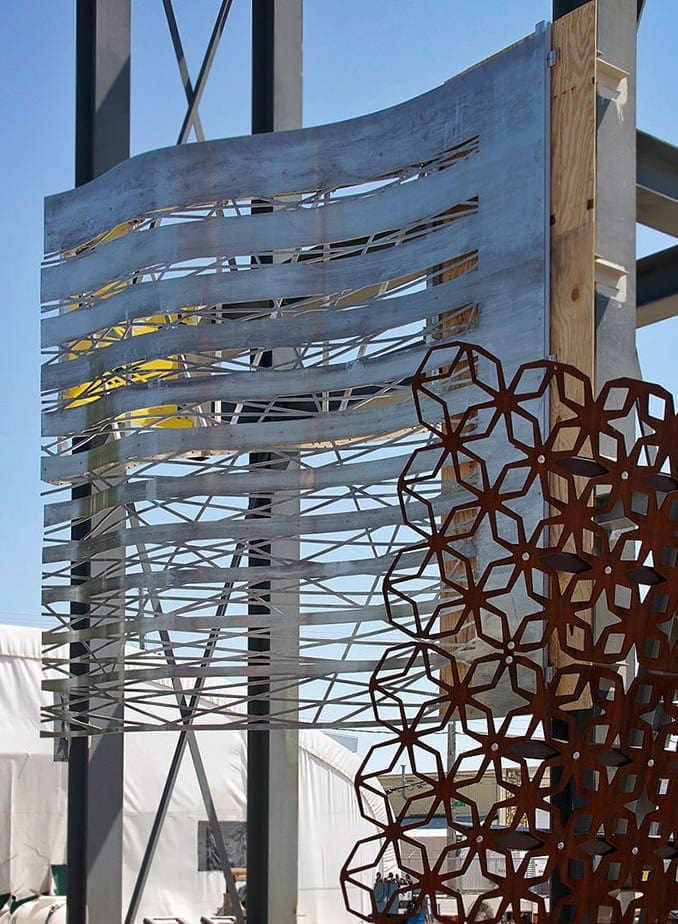

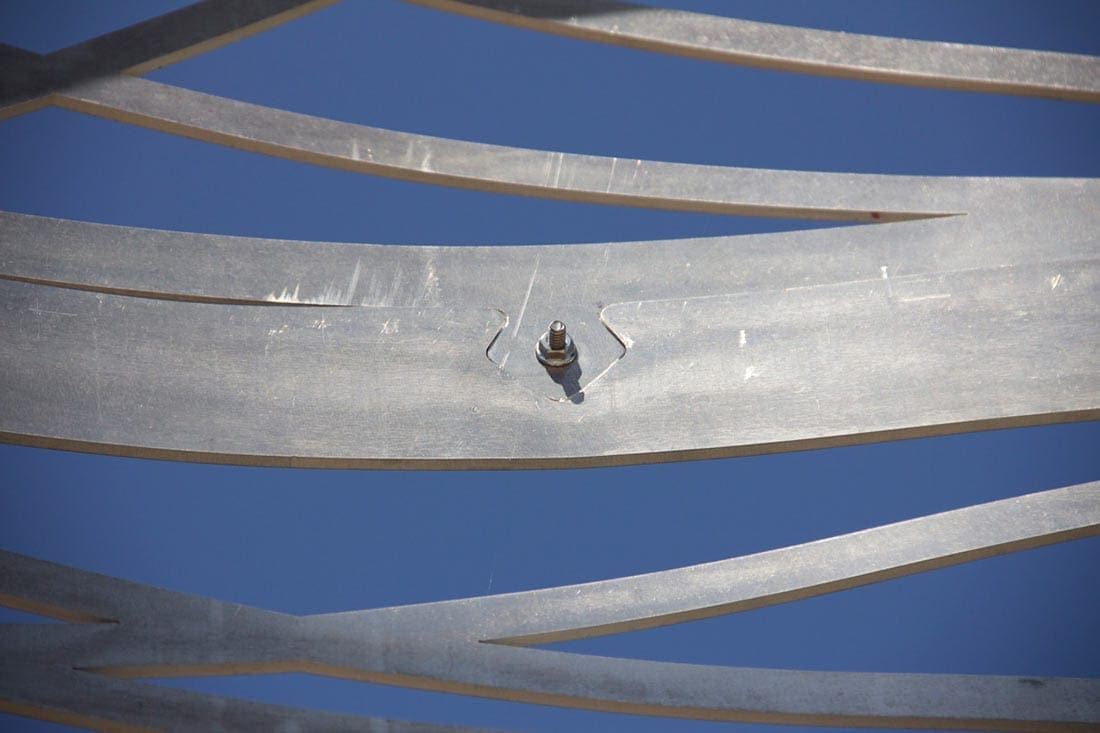


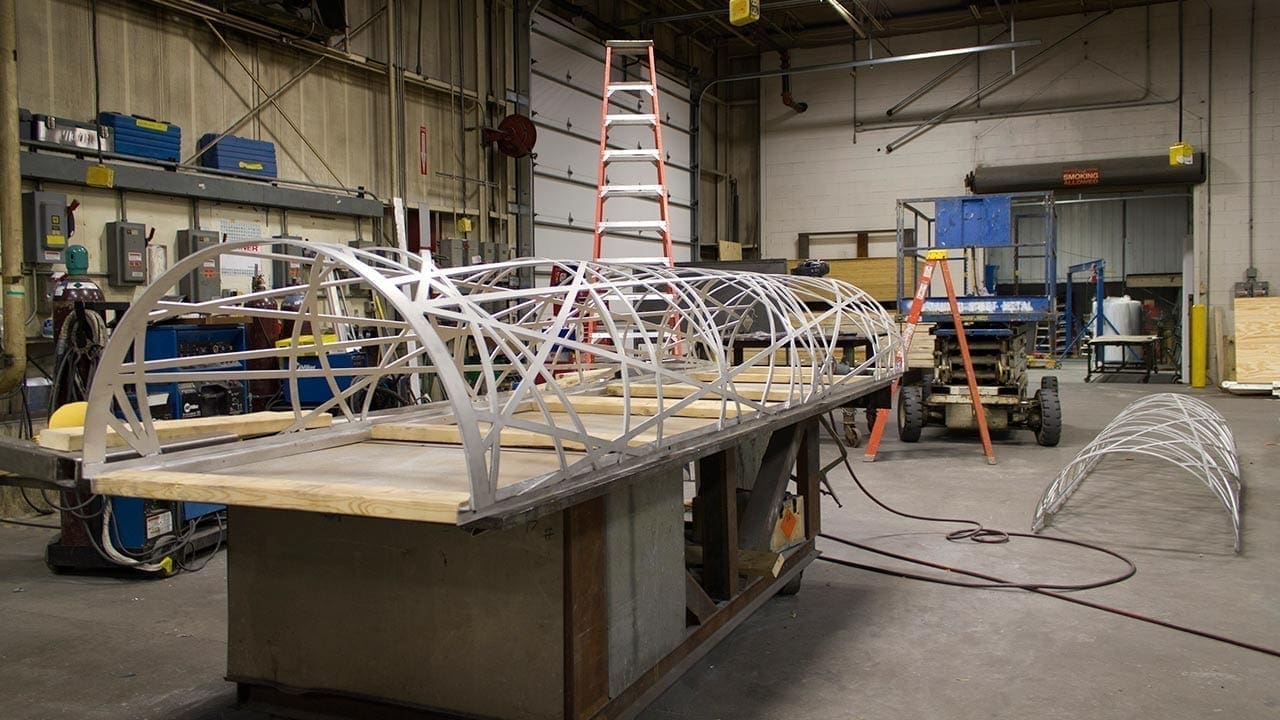
















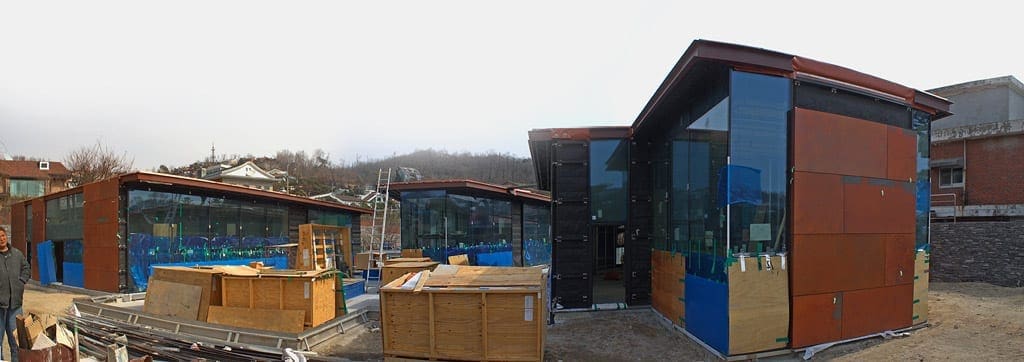
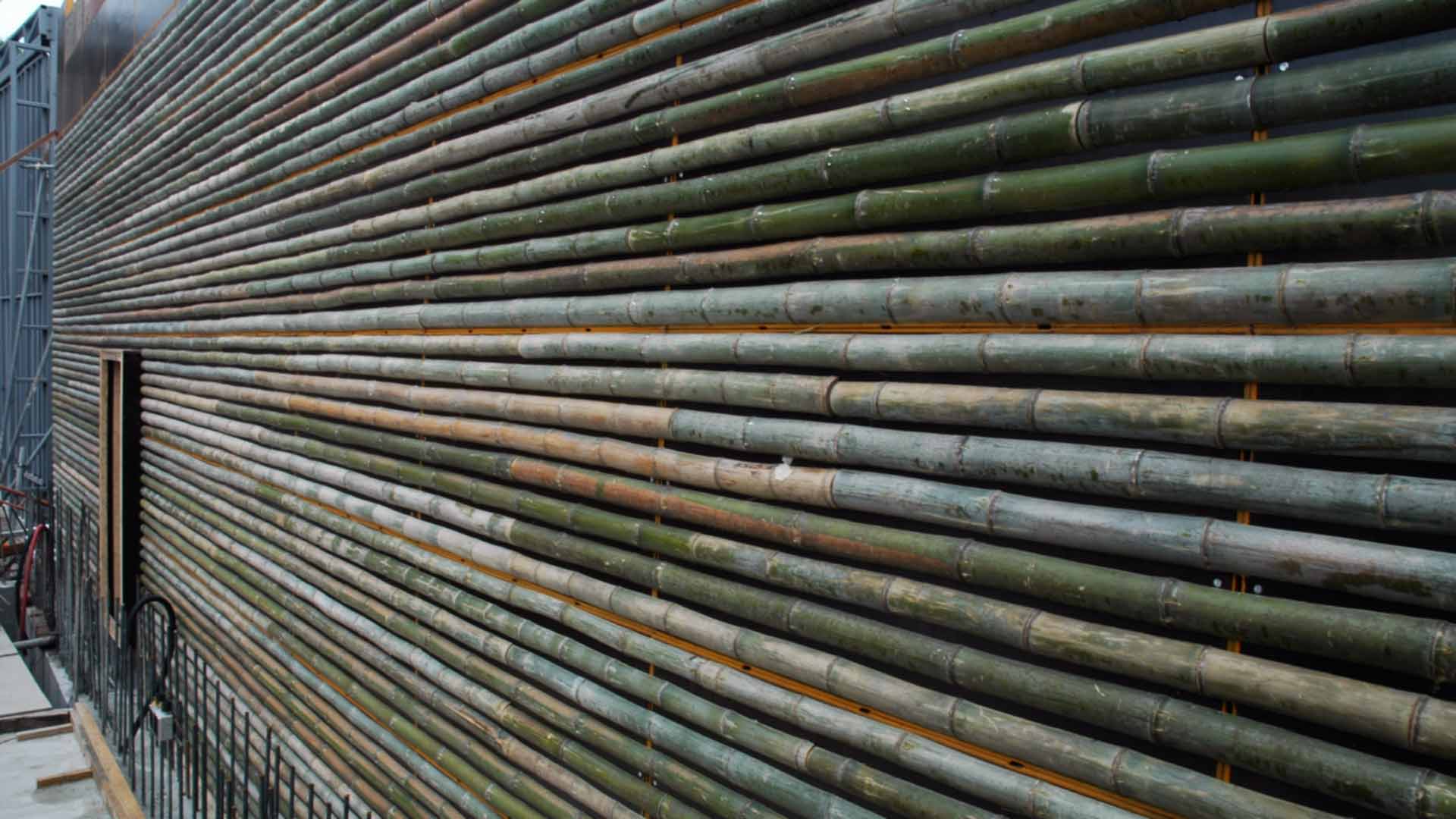













































































 PHOTO ©️ Parrish Ruiz de Velasco (parrch.com)
PHOTO ©️ Parrish Ruiz de Velasco (parrch.com)



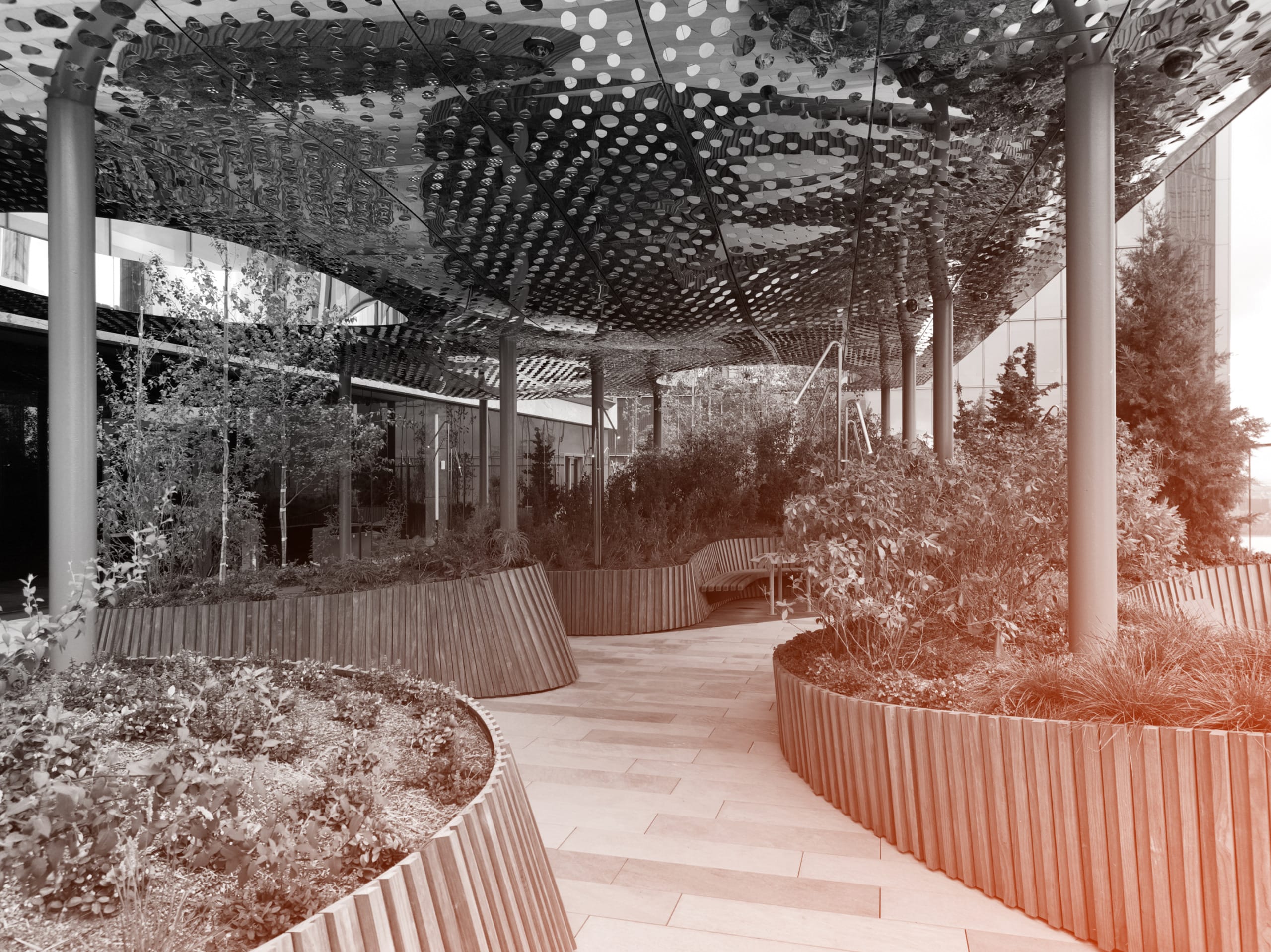 © Fedora Hat Photography
© Fedora Hat Photography Photo by Andre Sigur | ARKO
Photo by Andre Sigur | ARKO
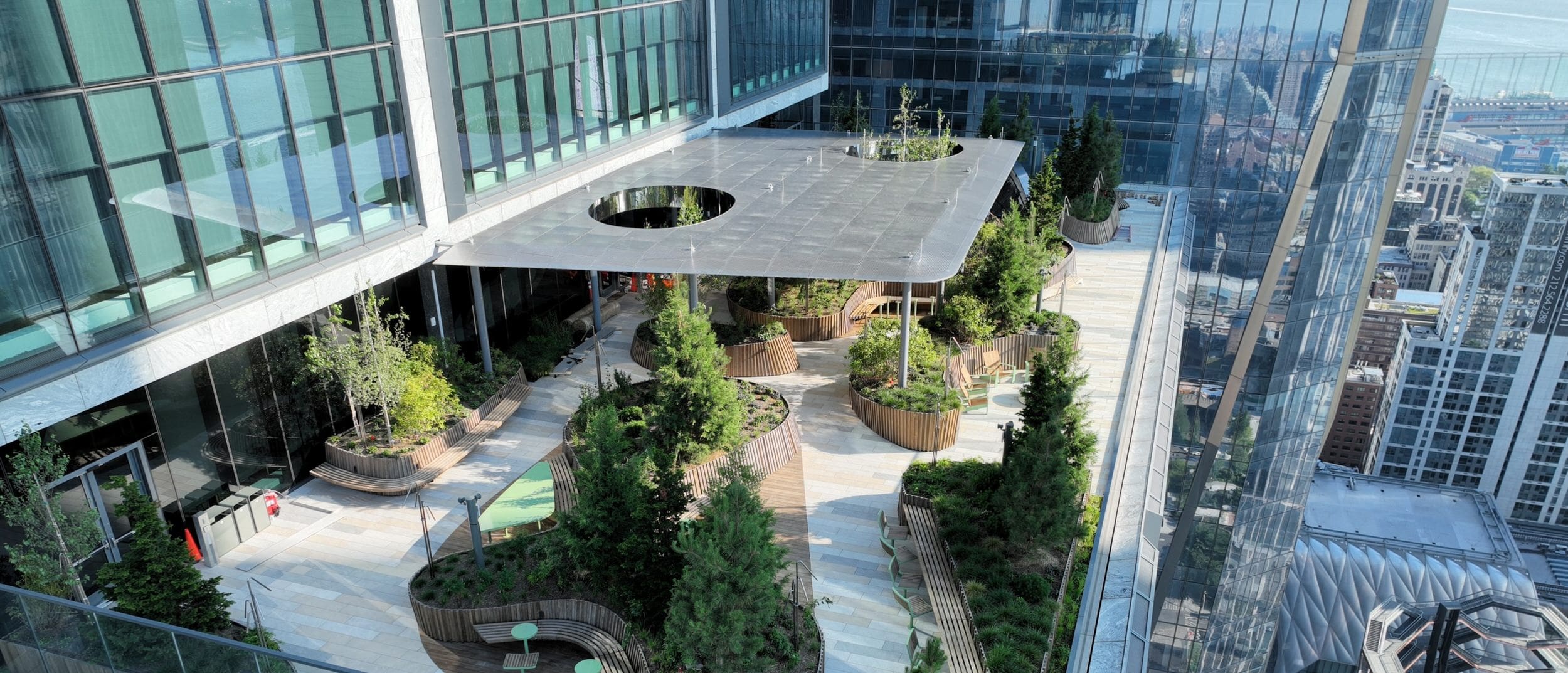




 Ɱ, Creative Commons Attribution-Share Alike 4.0 International license, edited.
Ɱ, Creative Commons Attribution-Share Alike 4.0 International license, edited.
